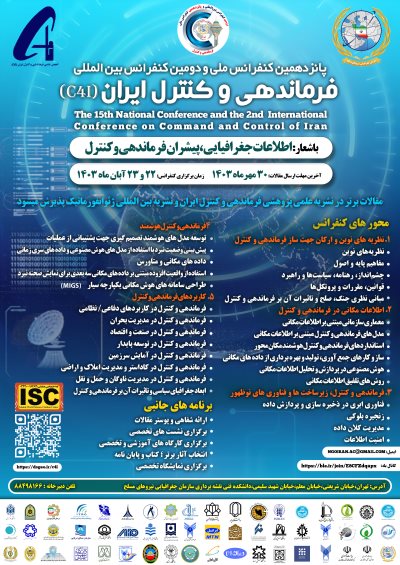0% Complete

نویسندگان :
کلمات کلیدی :
چکیده :
لیست مقالات بایگانی شده
فائزه تقی زاده قلعه جوقی
مژده ابراهیمی کیا - علی حسینی نوه
فریماه بخشی زاده - میثم ارگانی - مهری اکبری
سیدمجید عارفی نژاد - علی کمالی - ابراهیم رحمانی بلوط حصار
نگین کمالی فر - اکرم افتخاری
زینب بهرامی فعال - مژگان حمیدی
سجاد صادقی نقدعلی علیا - ایرج بختیاری
حمیدرضا البرزنیا - مهدی حشمتی راد - سینا عبدی - محمد فرهادی


